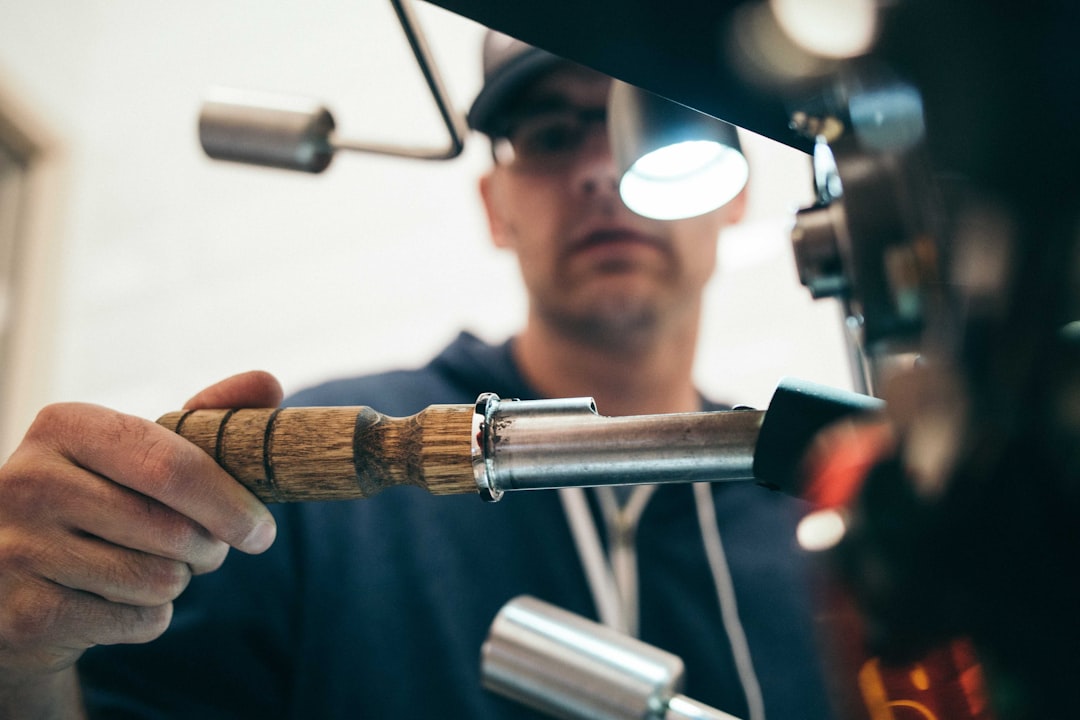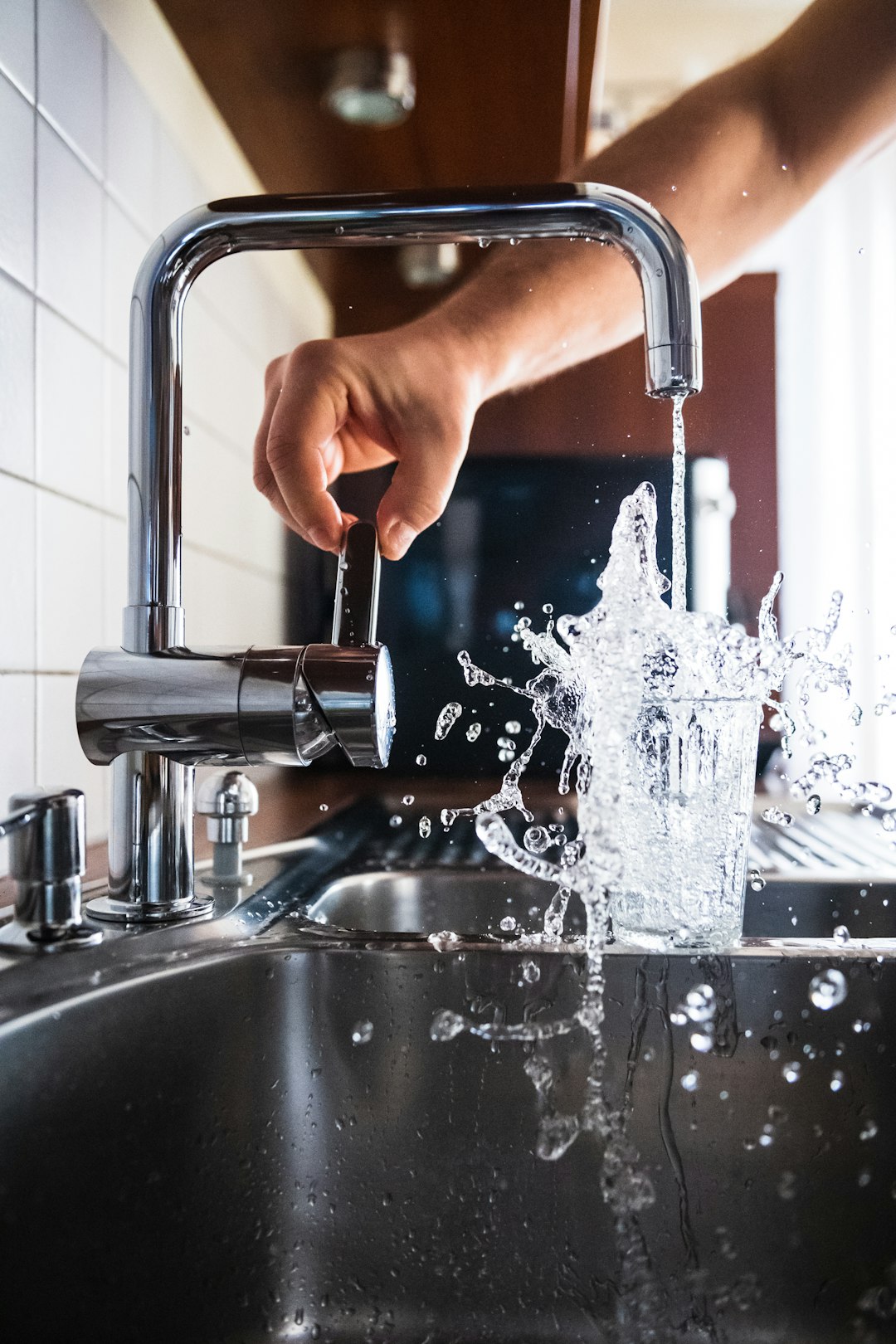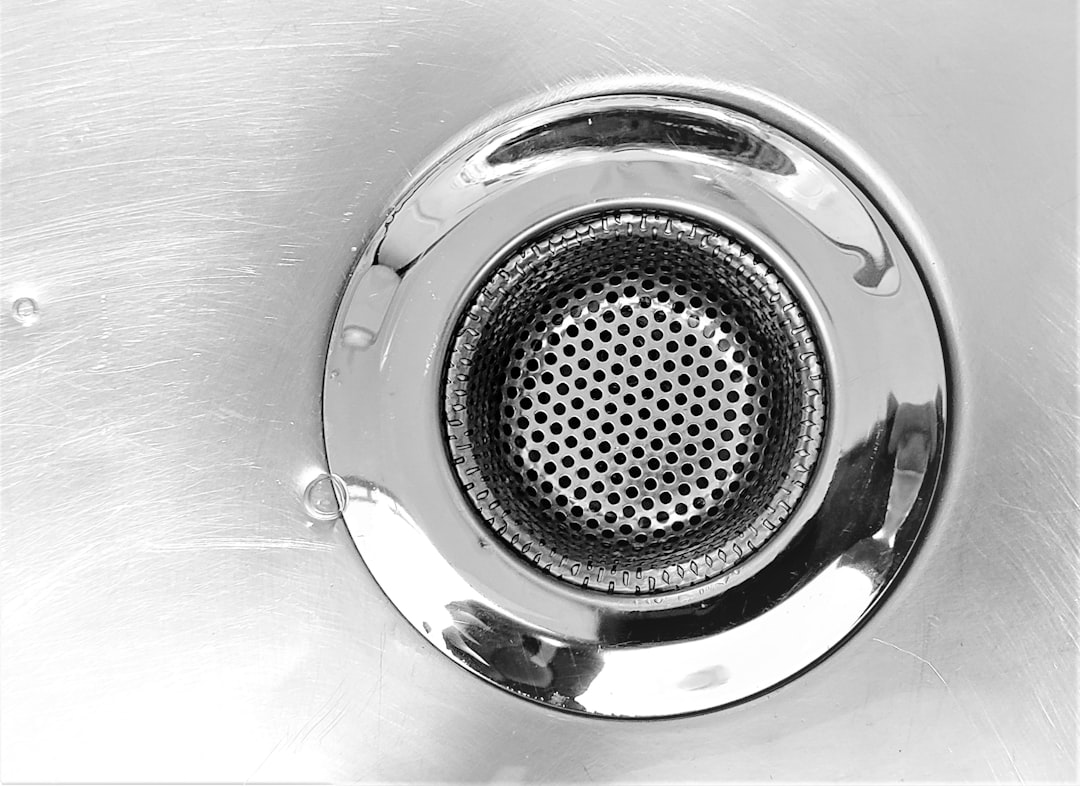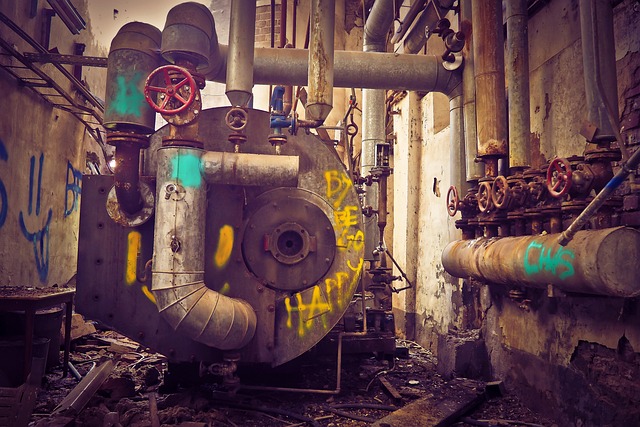Shower leaks stem from various sources—showerhead, valve, or drain—requiring targeted fixes. Simple DIY repairs, like replacing O-rings and caulk, address common issues. Skilled shower installation experts diagnose and resolve complex problems, ensuring long-lasting bathroom repairs. Before any work, turn off water supply valves to prevent leaks and scalding. For fixture leaks, replace caulk for better sealing against water damage. Identify and repair the source—showerhead, valve, or drain—and consult a professional for extensive damage.
Tired of persistent shower leaks? You don’t need to be a shower installation expert to fix them. This step-by-step guide walks you through identifying common sources, gathering tools, and performing essential repairs. From shutting off your water supply to testing for leaks, we cover it all. Learn how to replace caulk and sealant around fixtures effectively, ensuring a leaky-free shower experience. Take control and save money with these simple DIY solutions.
- Identify Common Shower Leak Sources
- Gather Tools and Materials Needed
- Turn Off Water Supply: A Step-by-Step Guide
- Replace Caulk or Sealant Around Fixtures
- Test and Repair for a Leaky-Free Shower
Identify Common Shower Leak Sources

Shower leaks can originate from various sources, often making it a complex task for homeowners to pinpoint the exact issue. Common problem areas include the shower head and its connections, the shower valve, and the drain system. Over time, these components can wear out or become loose, leading to water damage and increased water bills.
If you suspect a leak, the first step is to identify the source. For instance, a leaking shower head might require a simple replacement of the O-ring or washer. Conversely, a leaky shower valve could demand a more intricate shower valve replacement guide, involving the disassembly and repair or replacement of the valve itself. In some cases, particularly with older showers, a shower pan leak solutions may be necessary, which involves addressing the seal around the shower base to stop water from seeping through. Engaging a shower installation expert can help you navigate these challenges effectively, ensuring long-lasting repairs for your bathroom.
Gather Tools and Materials Needed

Before tackling any DIY project, especially one involving plumbing and leaks, it’s crucial to gather the right tools and materials. For a shower leak fix, your essential items include pliers, wrenches (adjustable and pipe), Teflon tape, silicone caulk, and new O-rings or gaskets specific to your shower enclosure. These aren’t just typical tools; they’re your allies in ensuring a secure, water-tight seal that only a seasoned shower installation expert would match.
Think of it as preparing for battle – armed with the right gear, you’ll be able to tackle common issues like loose connections, worn-out gaskets, or damaged seals. Plus, having these materials on hand suggests you’re ready for a potential bathroom remodel ideas with showers or even a custom shower enclosure repair service, transforming your space from a leaky mess to a spa-like oasis.
Turn Off Water Supply: A Step-by-Step Guide

Before attempting any repairs, the first step is to turn off the water supply to your shower. This is a crucial step that every shower installation expert recommends for safety and to prevent unnecessary flooding. Start by locating your home’s main shut-off valve, usually found near the water meter or in a utility closet. Turn the valve counterclockwise until it stops. This will cut off the cold water supply, which is typically what leaks are associated with.
If you’re dealing with a hot water leak, there may be a separate valve controlling the hot water line. Ensure this is also turned off to avoid any scalding hazards. Once the water is shut off, you can begin the process of repairing or replacing the shower door seal or consulting with local shower installation contractors near you for more complex issues related to custom shower design and install.
Replace Caulk or Sealant Around Fixtures

If your shower is leaking around fixtures like the faucet or showerhead, it’s likely time to replace the caulk or sealant. This common issue can often be resolved without hiring a shower installation expert. First, remove any old caulk using a utility knife, being careful not to damage the surrounding tile or plastic components. Once the area is clean and dry, apply new caulk around the fixtures, smoothing it out with your finger or a small tool for a watertight seal.
Remember that proper sealing is crucial for preventing water damage and ensuring the longevity of your shower. Consider using high-quality caulk designed for bathroom use, which offers better adhesion and resistance to moisture compared to standard varieties. Following these simple steps can save you time and money, and keep your shower functioning properly without needing professional shower base leveling tips or shower pan leak solutions.
Test and Repair for a Leaky-Free Shower

Before tackling any DIY shower repair, it’s crucial to identify the source of the leak. Start by testing common problem areas like the showerhead, shower arm, and water valves. A simple way to do this is by turning off the main water supply valve and observing if the leak persists—if not, you’ve found your culprit. For a more thorough inspection, consider using food coloring in the sink or bucket; any color that appears in your shower afterward indicates a leak somewhere along the lines.
Once you’ve located the source, repairing a shower leak is often a straightforward process. For a shower pan leak detection, inspect the caulk and seals around the base of the shower. If damaged, replace them with fresh caulk designed for moisture resistance. In some cases, a simple replacement of the faulty part might suffice, but if the damage is extensive, it might be time to consult a shower installation expert. Remember, proper repair ensures not just a leaky-free shower but also prevents further damage and costly renovations down the line.
Fixing a shower leak yourself can save you time, money, and the hassle of calling a shower installation expert. By understanding common sources of leaks, gathering the right tools and materials, turning off your water supply, replacing caulk or sealant, and thoroughly testing your repairs, you can ensure a leaky-free shower for years to come. These simple steps empower you to take control of your home maintenance and avoid unnecessary expenses.
